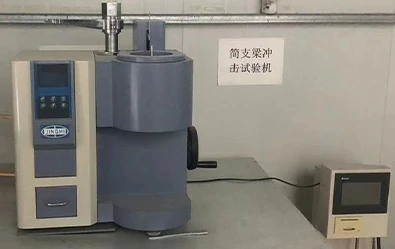loading...
- No. 9, Xingyuan South Street, Dongwaihuan Road, Zaoqiang County, Hengshui, Hebei, China
- admin@zjcomposites.com
- +86 15097380338
- Welcome to visit our website!
water treatment
Water Treatment Ensuring Safe and Clean Water for Everyone
Water is essential for life, yet around the world, millions of people still lack access to safe and clean drinking water. Water treatment plays a crucial role in ensuring that water is safe for consumption and various uses. This process involves several stages aimed at removing contaminants and impurities, making water suitable for drinking, irrigation, and industrial purposes.
The primary objective of water treatment is to eliminate pathogens, chemicals, and other harmful substances that can pose health risks. The process typically begins with the collection of raw water from sources such as rivers, lakes, or underground aquifers. This water often contains a variety of contaminants, including bacteria, viruses, heavy metals, and organic matter, which necessitate a thorough treatment process.
One of the first steps in water treatment is coagulation and flocculation. During this stage, chemicals, called coagulants, are added to the water to bind together small particles and form larger aggregates known as flocs. These flocs can then be more easily removed from the water through sedimentation, where they settle to the bottom of the treatment tank. This process significantly reduces the number of suspended particles in the water.
water treatment

Next, the water undergoes filtration, where it passes through layers of sand, gravel, and charcoal to further remove impurities. Filtration not only eliminates remaining particulate matter but also helps reduce contaminants such as chlorine, which may have been used during the coagulation process. The result is clearer and cleaner water, free from visible particles.
Following filtration, disinfection is a critical step. Water can still contain harmful microorganisms, so disinfectants like chlorine, ozone, or ultraviolet light are used to kill or inactivate any remaining pathogens. This step is vital in ensuring that the water is safe for human consumption, as many waterborne diseases can lead to severe health issues.
Finally, the treated water is subjected to various tests to ensure it meets safety standards. This quality control is essential to maintain public health and confidence in water supplies. Once the water passes all required tests, it can be distributed through pipelines for public use.
In conclusion, water treatment is a complex but vital process that guarantees safe and clean water for everyone. With ongoing advancements in technology and increased awareness of water quality issues, the future of water treatment looks promising. By investing in effective water treatment solutions, communities can improve public health, support sustainable development, and ensure access to clean water for generations to come.
-
GRP Structures: The Future of Lightweight, High-Performance EngineeringNewsJun.20,2025
-
FRP Water Tank: High-Performance Storage for Corrosive and Clean Water SystemsNewsJun.20,2025
-
FRP Square Tube: The New Industry Standard for Chemical and Structural ApplicationsNewsJun.20,2025
-
FRP Pultruded Profiles: The Ultimate Choice for Lightweight Structural StrengthNewsJun.20,2025
-
FRP Handrails: The Safer, Smarter, and Stronger Choice for Modern InfrastructureNewsJun.20,2025
-
FRP Grating: The Smart Solution for Durable, Lightweight Industrial FlooringNewsJun.20,2025
-
Why Choose a Galvanized Water Tank for Your Storage NeedsNewsMay.21,2025
